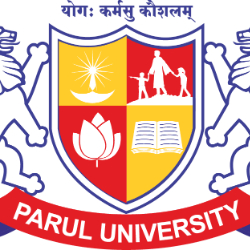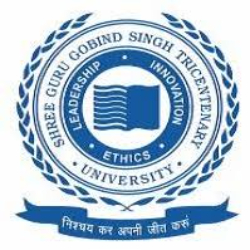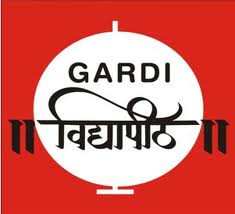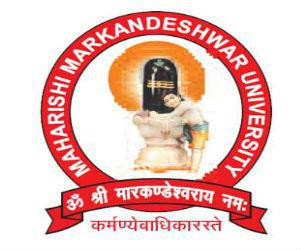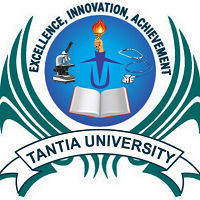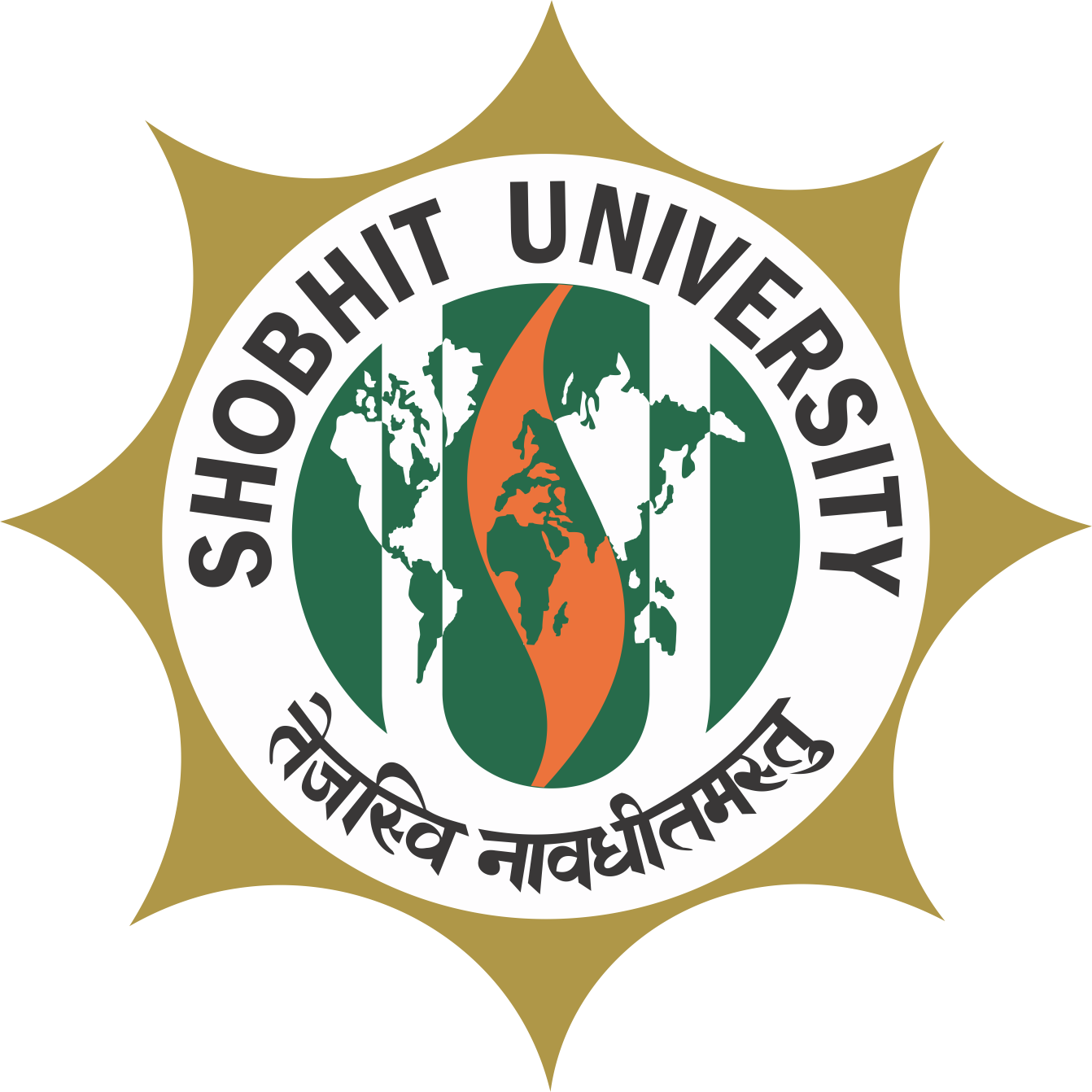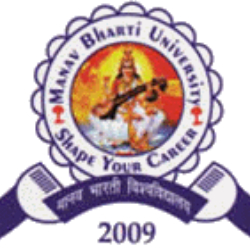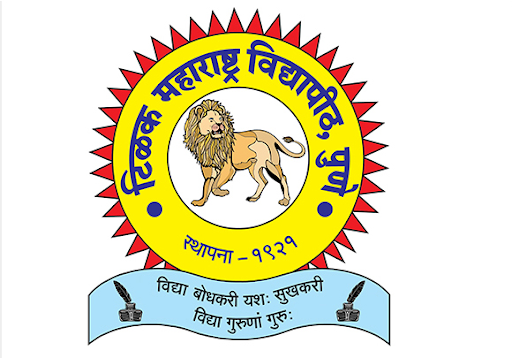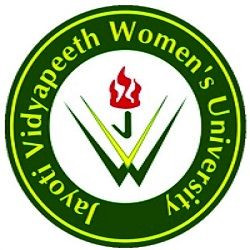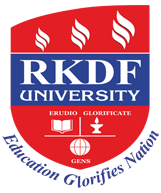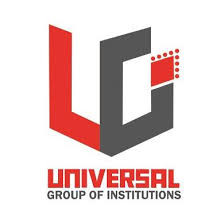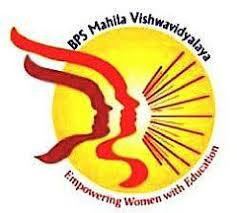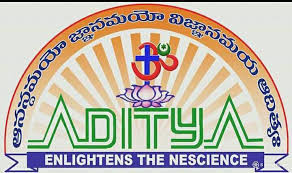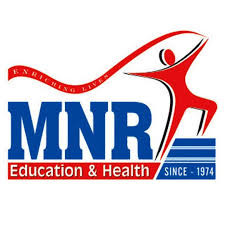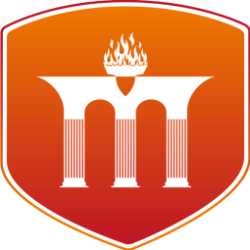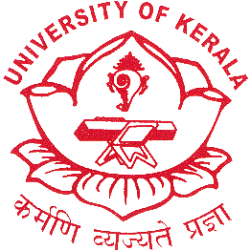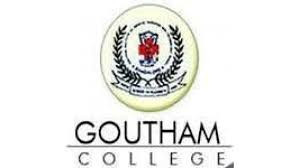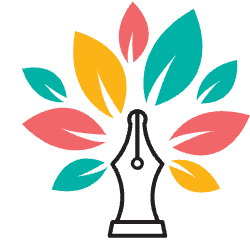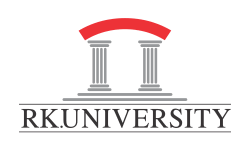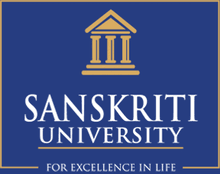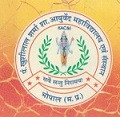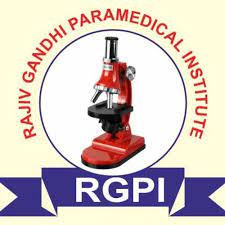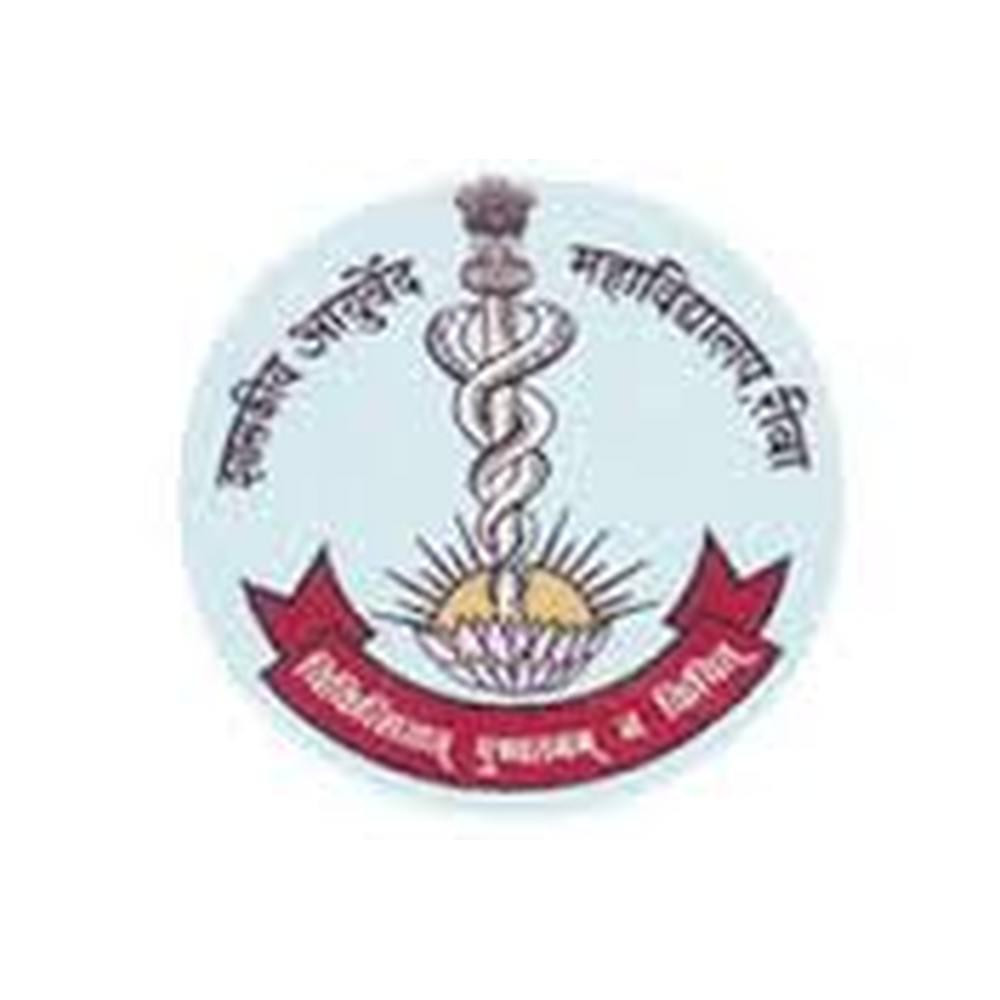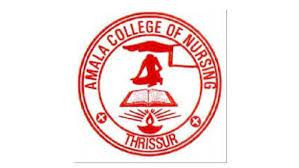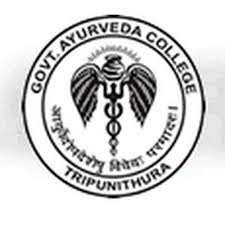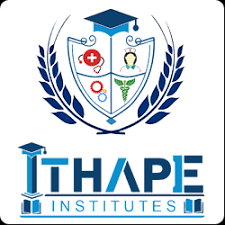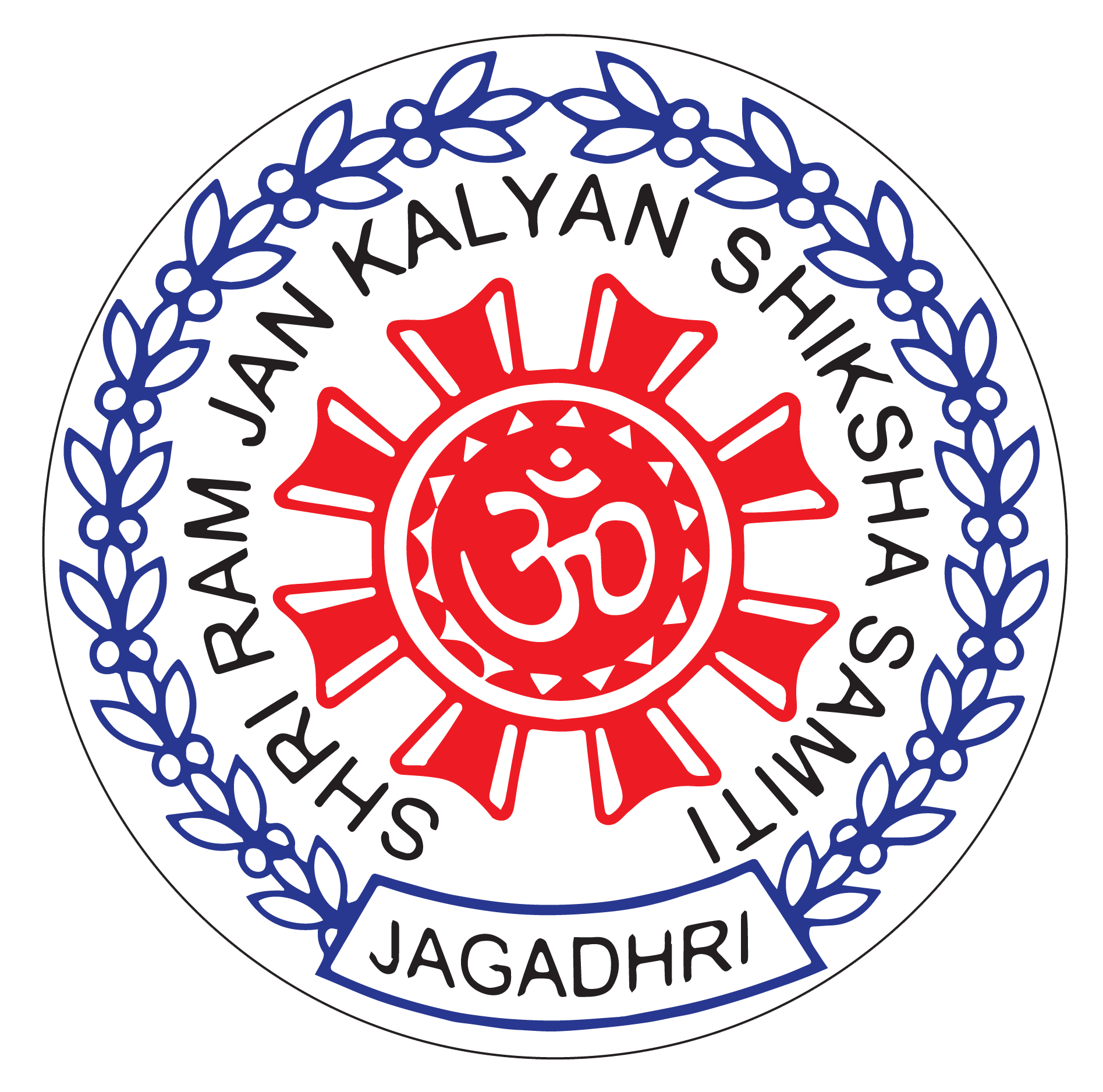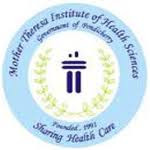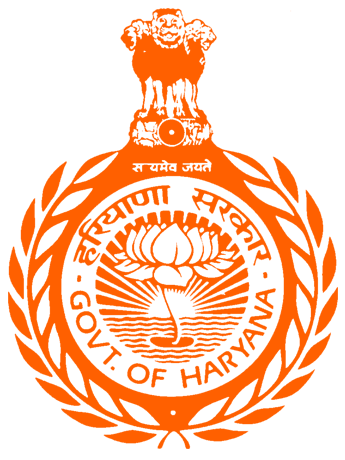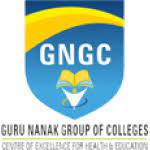Highlights: -
|
Degree Name |
Bachelor of Ayurvedic Medicine and Surgery |
|
Level |
Undergraduate |
|
Duration of the course |
5.5 years |
|
Eligibility |
12th in Biology with minimum 50% Aggregate marks |
|
Education mode |
Full-time |
|
Admission Process |
Merit and Entrance Exams |
|
Entrance Exams |
NEET UG. |
|
Fees of the course |
Rs 2,000 - Rs 7.00 Lakhs |
Eligibility Criteria: -
- Candidates must complete 12th with Biology from a recognised board.
- Candidates must have secured a minimum of 50% aggregate marks.
- Candidates must clear the cut off of the entrance exam for admission in BAMS.
Syllabus for BAMS:
The BAMS syllabus will vary from college to college, but the course aims and subjects shall remain the same; the subject distribution over the syllabus may differ, but the study matter remains consistent. Nevertheless, candidates should check the official website to know the complete syllabus. Here is a general guide to BAMS syllabus design, as commonly followed by Indian colleges:
|
Semester 1 |
Semester 2 |
|
Padartha Vigyan (Philosophy) |
Maulik Siddhant evam Ashtang Hridya |
|
Sanskrit Language |
Prathama Khanda (Part I) - Charak Samhita |
|
Kriya Sharira (Physiology) |
Dravyaguna Vigyan (Pharmacology and Materia Medica) |
|
Rachana Sharira (Anatomy) |
Rasa Shastra (Pharmaceutics) |
|
Ayurveda Itihas (History of Ayurveda) |
Sanskrit Language |
|
Semester 3 |
Semester 4 |
|
Kaya Chikitsa (General Medicine) |
Shalya Tantra (General Surgery) |
|
Astanga Hridaya (First Part) |
Astanga Hridaya (Second Part) |
|
Swasthavritta (Social and Preventive Medicine) |
Sanskrit Language |
|
Agadtantra Vyavahar Ayurveda (Toxicology and Forensic Medicine) |
Shalakya Tantra (ENT and Ophthalmology) |
|
Sanskrit Language |
|
|
Semester 5 |
Semester 6 |
|
Prasuti Tantra evam Stri Roga (Obstetrics and Gynecology) |
Panchakarma |
|
Sanskrit Language |
Sanskrit Language |
|
Kayachikitsa (Internal Medicine) |
Roga Vigyan evam Vikriti Vigyan (Clinical Medicine and Pathology) |
|
Kaumarabhritya (Pediatrics) |
Vikriti Vigyan (Pathology) |
|
Semester 7 |
Semester 8 |
|
Kayachikitsa (Internal Medicine) |
Prasuti Tantra evam Stri Roga (Obstetrics and Gynecology) |
|
Sanskrit Language |
Sanskrit Language |
|
Shalakya Tantra (ENT and Ophthalmology) |
Agad Tantra (Forensic Medicine and Toxicology) |
|
Shalya Tantra (General Surgery) |
Kaumarabhritya (Pediatrics) |
|
Panchakarma |
|
|
Semester 9 |
Semester 10 |
|
Rachana Sharira (Anatomy) |
Internship
|
|
Sanskrit Language |
- |
|
Dravyaguna Vigyan (Pharmacology and Materia Medica) |
- |
|
Kriya Sharira (Physiology) |
- |
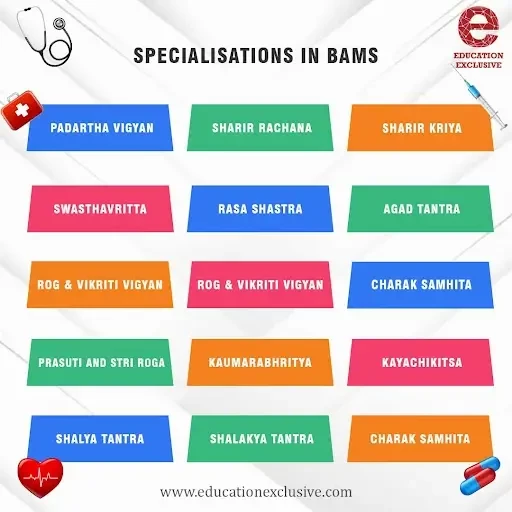
FAQs
- What is the full form of BAMS?
BAMS stands for Bachelor of Ayurveda, Medicine and Surgery. BAMS deals with the study of Ayurveda and Ayurvedic Medicines.
- Is the course of BAMS the same as that of the MBBS?
No, both are not the same. In BAMS, students study traditional ways of treating diseases i.e., Ayurveda. But, in the MBBS we study about the treatment of diseases using the Western medicine.
- Is the BAMS course good for study in future?
Yes, BAMS is a good career opportunity, as alternative medicine courses and treatment are becoming popular among individuals. The candidates can also get jobs in different government institutes.
- Which language is necessary for the study of BAMS?
Sanskrit language is necessary for the study of BAMS courses as it deals with various specialisations of Ayurveda whose names are derived from Sanskrit.
- Is the BAMS course difficult?
It totally depends on the thinking of the student and his/her interest in the course. With a good interest and time management students can easily complete their BAMS course.
MS Ayurved
The Master of Surgery in Ayurveda (MS Ayurveda) is a postgraduate level medical degree that focuses on recognising various surgical techniques, surgical problems, surgical emergency management, trauma, and so on. The course covers both current and classic surgical techniques. Unlike most Master's degrees in India, the Master of Surgery in Ayurveda lasts three years.
Some colleges that offer MS in Ayurveda courses use a semester system for exams, while others use an annual system. Gynaecology, Forensic Medicine, Anatomy, Physiology, Pathology, Diagnostic Procedures, Principles of Medicine, Social and Preventive Medicine, Pharmacology, Toxicology, Obstetrics, and ENT are among the topics covered in the course.
Highlights: -
|
Degree Name |
Masters of Surgery in Ayurveda |
|
Level |
Postgraduate |
|
Duration of the course |
3 years |
|
Eligibility |
BAMS with minimum 50% Aggregate marks |
|
Education mode |
Full-time |
|
Admission Process |
Merit and Entrance Exams |
|
Entrance Exams |
AIAPGET, NEET-PG, GAUEE, BHU PET, RAUPGET, KAPGET, MAAPGET, KUHS PGAE, TNMGRMU PGAY, PAET |
|
Fees of the course |
Rs 2,000 - Rs 70.00 Lakhs |
Eligibility Criteria: -
- Must have completed their bachelor's in any relevant discipline (preferably BAMS or MBBS) from a recognised MCI University.
- Must have passed their UG with a minimum aggregate of 55% marks. Reserved categories students would be given 5% relaxation on minimum scores.
- May be required to qualify entrance exams like AIAPGET, NEET-PG, GAUEE, BHU PET, etc.
Syllabus for MS in Ayurveda:
The MS in Ayurveda syllabus will vary from college to college, but the course aims and subjects shall remain the same; the subject distribution over the syllabus may differ, but the study matter remains consistent. Nevertheless, candidates should check the official website to know the complete syllabus. Here is a general guide to MS in Ayurveda syllabus design, as commonly followed by Indian colleges:
|
Semester 1 |
Semester 2 |
|
Agad Tantra |
Dravya GunaKaumar Bhritya |
|
Kayachikitsa |
Maulik Siddhanta |
|
Panchakarma |
Prasuti Tantra & Stri Roga |
|
Roga & Vikrit Vigyan |
Rasa Shastra |
|
Semester 3 |
Semester 4 |
|
Sharir Kriya |
Shalya Tantra |
|
Shalakya Tantra |
Swastha Vitta |
|
KaumarBhritya |
Sharir Rachana |
|
Shalyatantra (Sidhanta) |
Yoga (Prayogika Vyavaharika) |
|
Semester 5 |
Semester 6 |
|
Aushadhi-yog |
Atura Pariksha Paddhati |
|
Dashavidha Pariksha |
Dashvidha Parikshya Bhava |
|
Sadvidya sambhasha |
Vadmarga |
|
Parikshana Paddhati |
Panchamahabhuta |
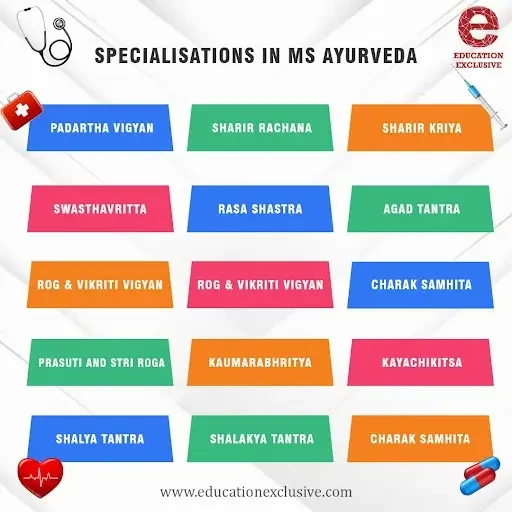
FAQs
- How can we do MS in Ayurveda?
To opt MS in Ayurveda, one may have to complete their graduation in MBBS, BAMS or any other relevant discipline with a minimum aggregate of 55% marks from a MCI recognised Institute.
- Is there MS in Ayurveda?
Yes, MS in Ayurveda is a 3-years PG course which deals with the study of surgical techniques and disorders to treat with the help of Ayurveda.
- Is the MS in Ayurveda course difficult?
It totally depends on the thinking of the student and his/her interest in the course. With a good interest and time management students can easily complete their MS in Ayurveda course.
- Is the BAMS course good for study in future?
Yes, BAMS is a good career opportunity, as alternative medicine courses and treatment are becoming popular among individuals. The candidates can also get jobs in different government institutes.
Other medical courses and specialisations: -
M.D, MBBS, B.Pharm, M.S, B.Sc, M.Pharm, Diploma, M.Sc, Dental, Paramedical, Pharmacy, Dietetics & Nutrition.





